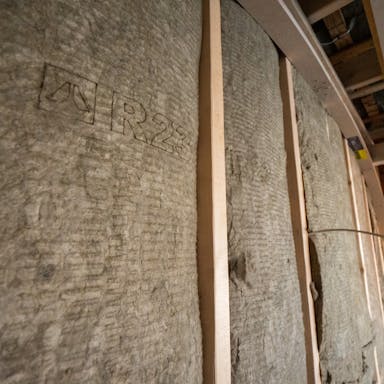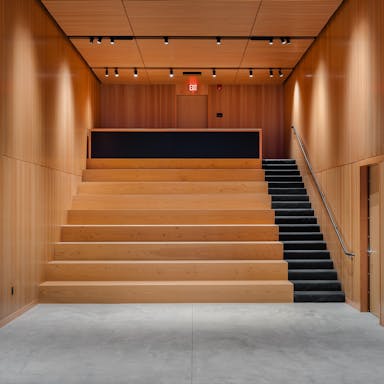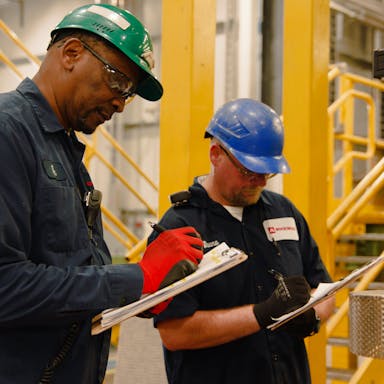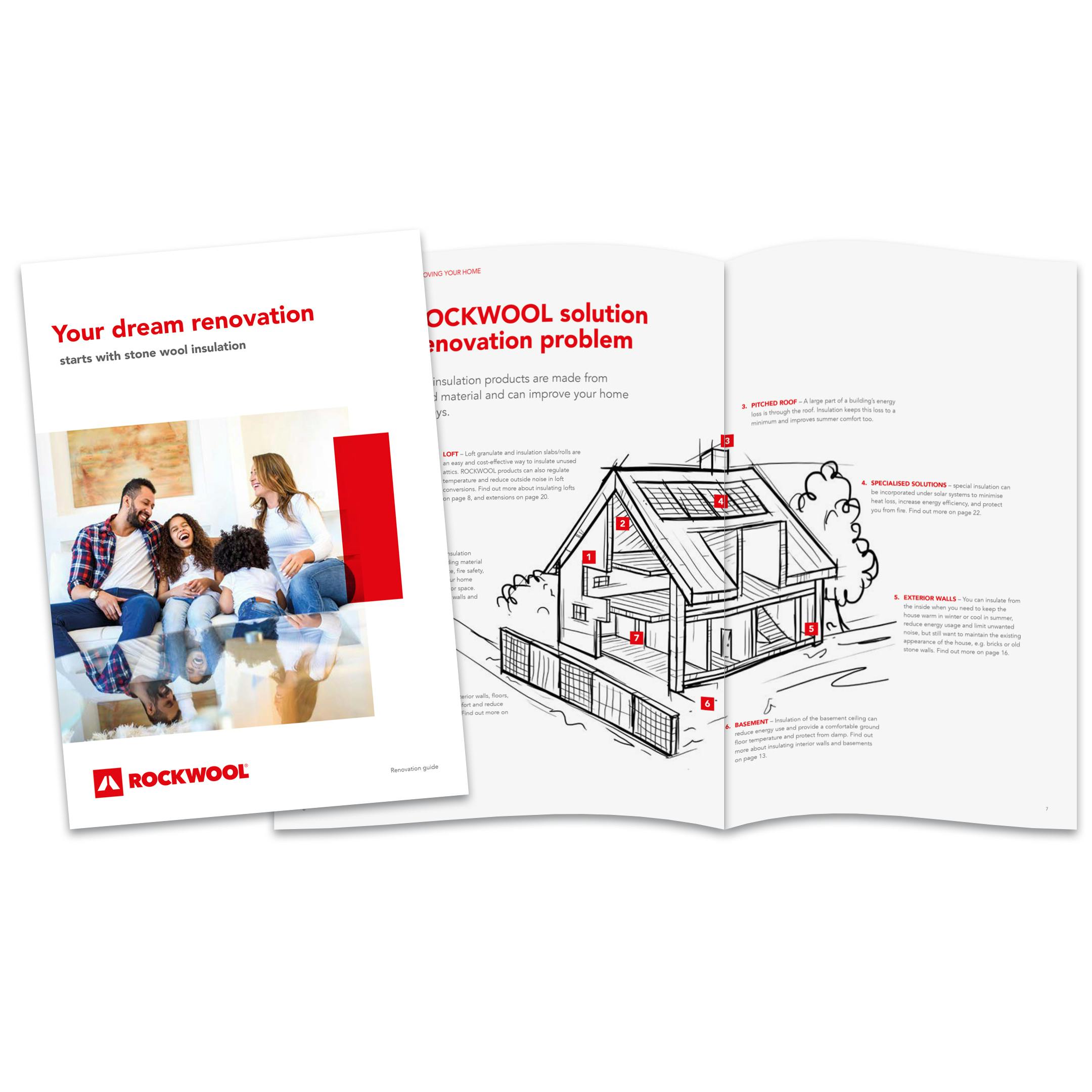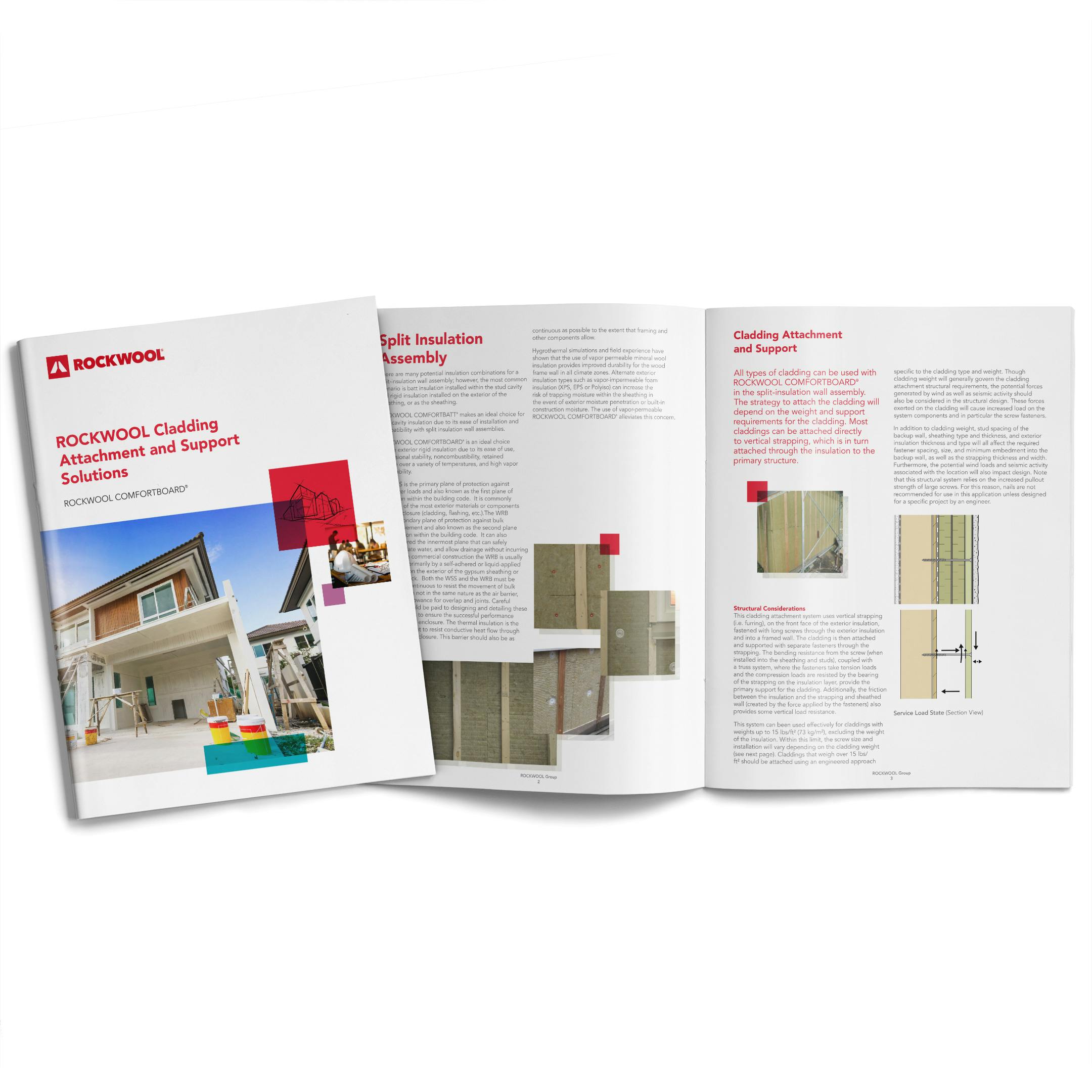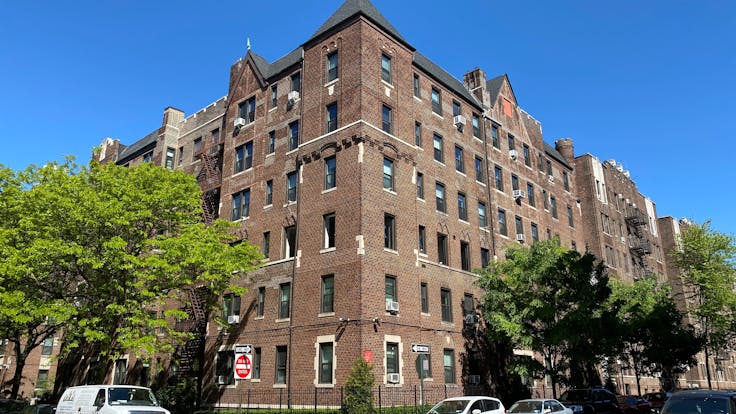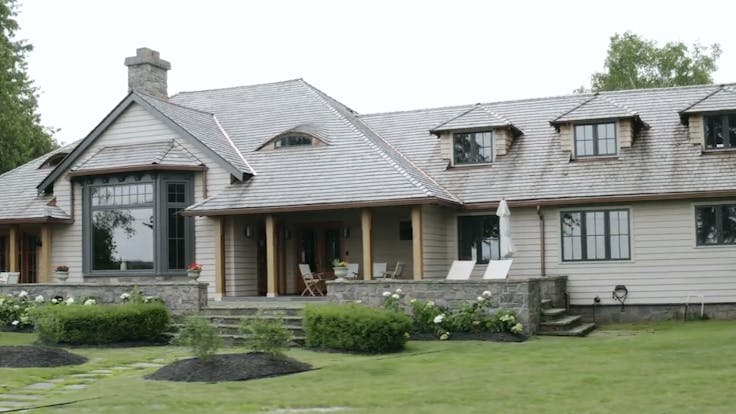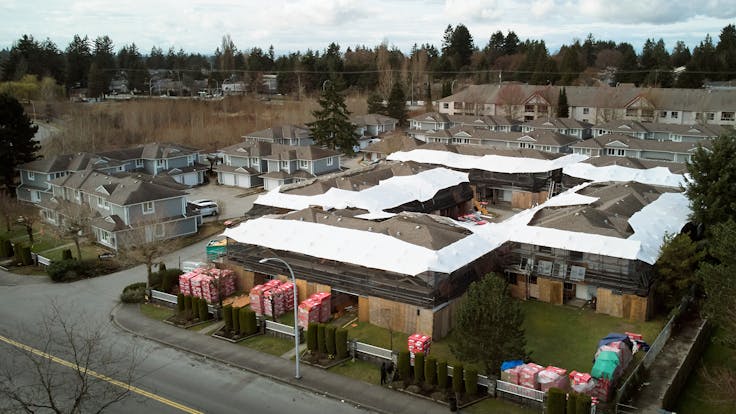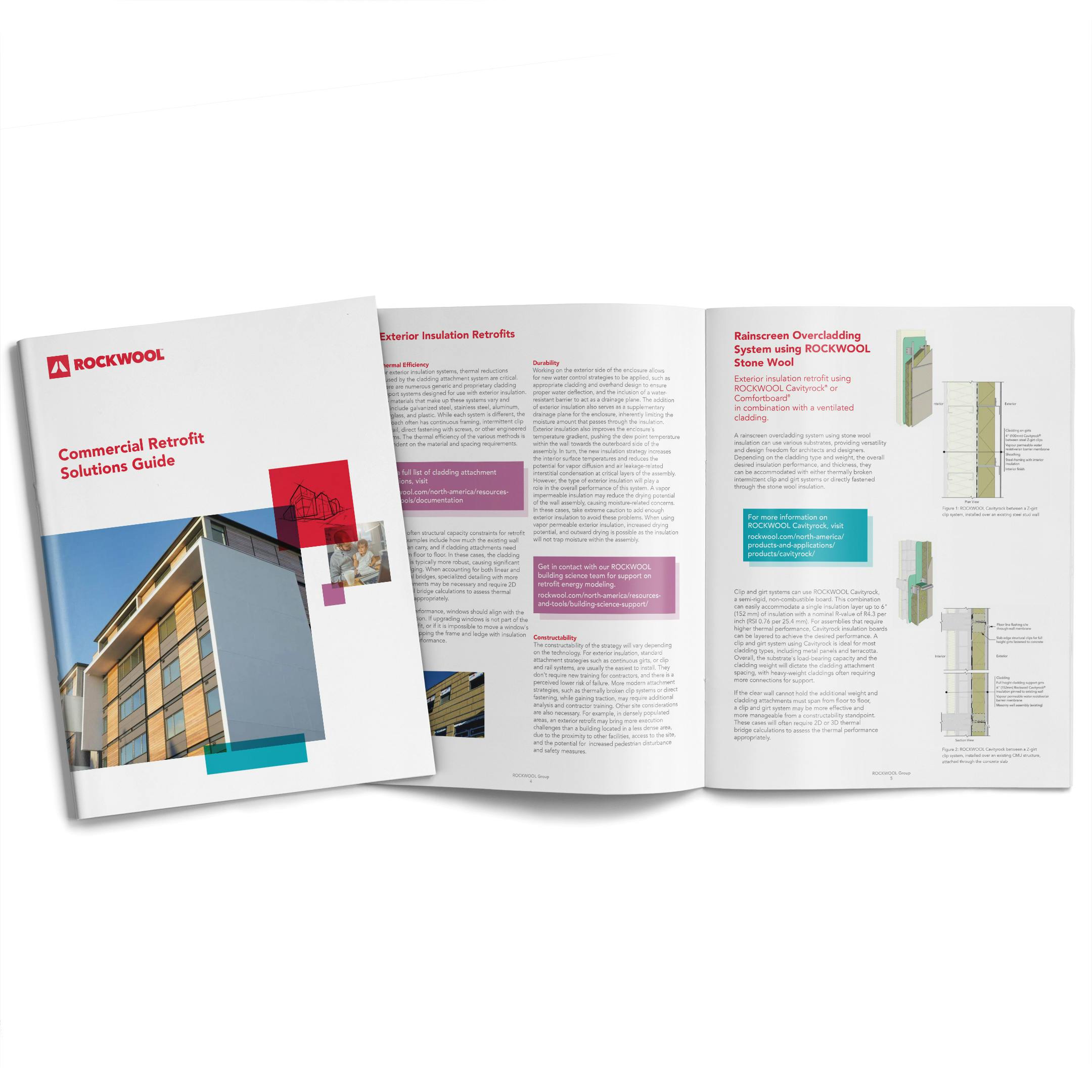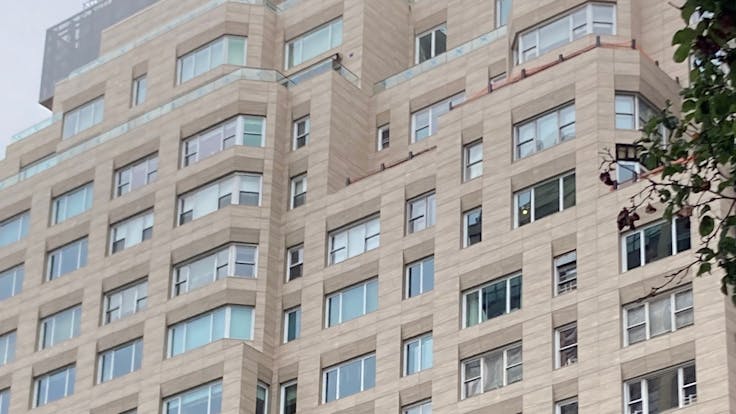45L Tax credit – Builder New Home Tax Credit
Who does this credit apply to?
What types of buildings are applicable?
- Newly built single-family, multifamily, or manufactured homes built to the DOE Zero Energy Home standard or homes that meet Energy Star 3.2 and two-year old IECC prescriptive standards.
What are the different credits available meeting the 45L qualifying standards:
|
Building type
|
Energy Star
|
DOE ZERH
|
|
Single family
|
2,500
|
5,000
|
|
Manufactured housing
|
2,500
|
5,000
|
|
Multifamily
|
2,500 (500†)
|
5,000 (1,000†)
|
† meeting prevailing wage requirements (applies to construction starting after January 30, 2023)
Homes built prior to 2025 must meet Energy Star 3.1, homes build after December 31, 2024, will need to meet Energy Star 3.2. Requirements can vary by state – Energy Star keeps a list of these requirements on their website. Manufactured homes must meet Energy Star Manufactured Home National program requirements in effect as of January 1, 2023, or January 1 of two calendar years prior to the credit claim
What is the prevailing wage requirement?
Workers employed by the taxpayer claiming this credit must be paid the same or better than the prevailing rates for construction or similar job types in the local market. The Secretary of Labor has a tool to help you find your local prevailing rates.
What are the specific insulation requirements for Energy Star and the DOE ZERH program?
| Qualifying dates
| Energy star
|
| January 1, 2023 – December 31, 2024
| Version 3.1
- Insulation levels modelled to 2012 IECC/Mandatory 2009 IECC insulation levels
- Grade I installation
- Infiltration rates modelled at: 4 ACH50 in CZs 1,2 / 3 ACH50 in CZs 3-8
|
| January 1, 2025 – December 31, 2023
| Version 3.2
- Insulation levels modelled to 2021 IECC / Mandatory 2021 IECC insulation levels
- Grade I installation per RESNET / ICC 301
- Infiltration rate modelled at 3 ACH50
|
| Qualifying dates
| DOE Zero Energy Home Program
|
| January 1, 2023 – December 31, 2023
| Version 1, Revision 08
- Ceiling, wall, floor, and slab insulation shall meet or exceed 2015 IECC levels
- Grade I installation
- Infiltration: 3.0 ACH50 in CZs 1-2 / 5 ACH50 in CZs 3-4 / 2 ACH50 in CZs 5-7
|
| January 1, 2024 – December 31, 2032
| Version 2
- Ceiling, wall, floor, and slab insulation meet or exceed 2021 IECC UA
- Infiltration: CZs 1-2: 2.75 / CZ 3, 4A, 4B: 2.25 / CZs 4C, 5-7: 2.0 / CZ 8: 1.5
|
Why should builders and contractors take advantage of the 45L Builder New Home Tax Credit?
For home owners buying your homes, they can expect a price premium when it comes time to sell. Several studies (1, 2, 3, 4) have shown that having an energy efficiency certification increases resale value by between 2 to 5 percent. That could mean a $15,000 premium in a neighbourhood with resale values averaging $300,000.
There are also the liveable benefits like thermal and acoustic comfort. Did you know noise pollution can increase the risk of heart problems, aggravate stress, reduce focus and mental performance in children and teenagers, and cause loss of sleep. According to the European Environmental Agency (EEA)2, roughly 10,000 premature deaths occur every year due to the adverse health effects of noise pollution. A humid indoor environment also causes issues, supplying the ideal conditions for mould to grow and spread, which can lead to asthma and other respiratory problems3. Choosing an energy efficiency standard brings the building envelope, air sealing, and a higher standard of construction to the forefront.
For home builders – here's a quick example of how the 45L credit can quickly add up. Someone building 30 homes per year – at $2,500 with Energy Star or $5,000 per home with the DOE ZERH – a builder could claim between $75,000 – $150,000 per year.
2 - https://www.eea.europa.eu/themes/human/noise/noise-2
3 - https://www.rockwool.com/group/about-us/our-thinking/indoor-comfort-health-and-safety/indoor-climate/indoor-humidity/
